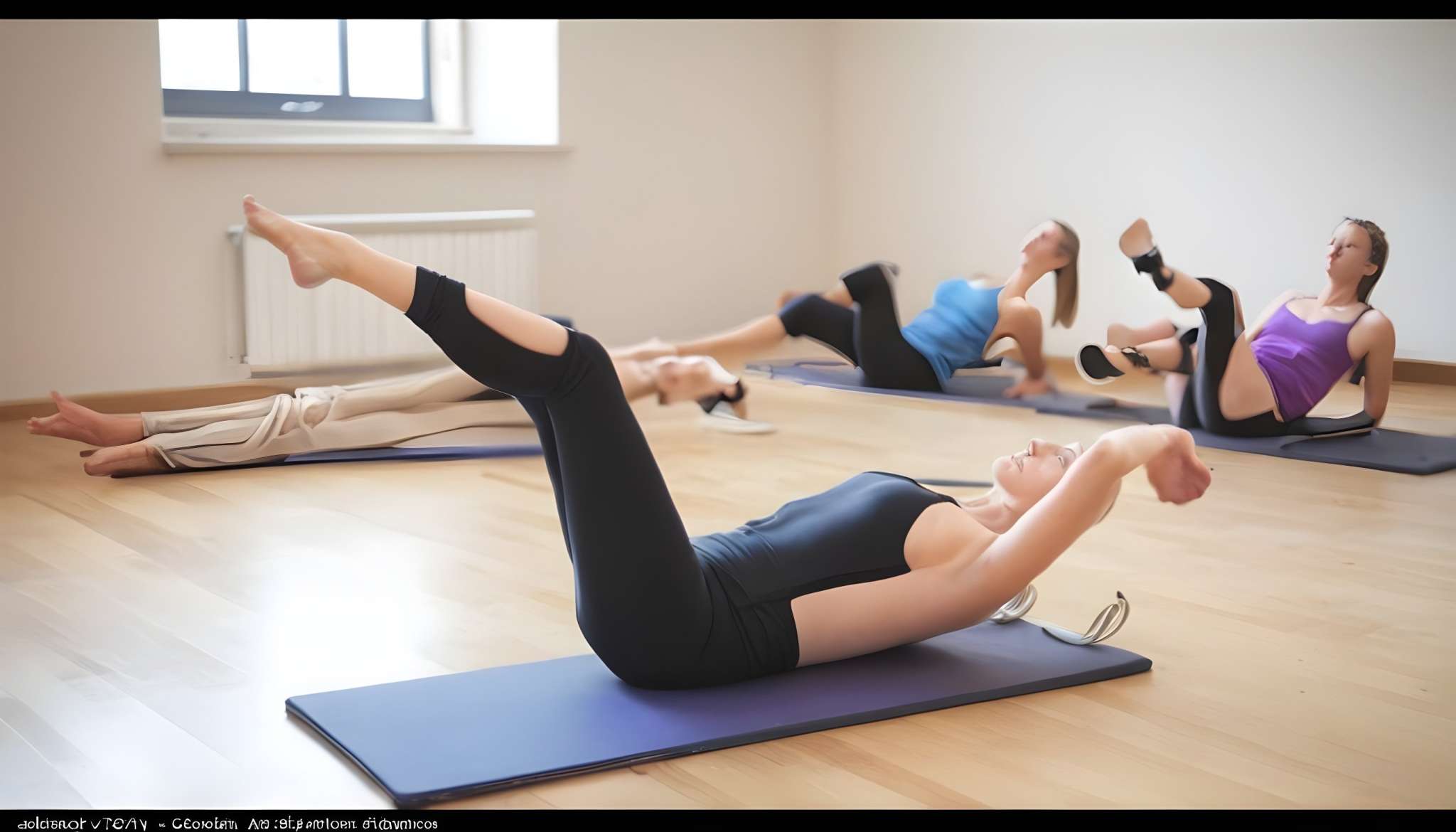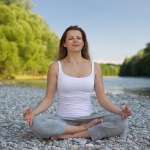Table of Contents
Reformer pilates is a dynamic form of exercise that offers a holistic approach to fitness, guided by the principle that less is more. This exercise focuses on strength, flexibility, and the body’s general conditioning to improve your fitness and overall well-being.
Over the years, reformer pilates has had a huge surge in popularity due to its adaptability and efficacy. If you’re looking to begin your holistic health journey, this comprehensive guide will tackle the root and foundation of reformer pilates to help you better understand its principles.
The Root of Reformer Pilates
Reformer Pilates is a form of exercise based on the classical Pilates method created by Joseph Pilates in the early 20th century. This method uses specially-made equipment called a reformer, which is made up of a sliding carriage, pulleys, springs, and straps, that can be adjusted to create exercises with varying difficulty.
Principles of Reformer Pilates
Before trying Reformer Pilates exercises, it is a must to understand and fully comprehend its core principles:
Breath
The coordination of breath with movement is fundamental to Reformer Pilates as it correctly helps muscles receive oxygen, promotes relaxation, and improves focus. It is recommended that practitioners begin and end each movement with a purposeful inhalation or exhalation.
Centering
In Reformer Pilates, the term “centering” refers to activating the deep abdominal, lower back, hip, and buttock muscles—the body’s powerhouse. These muscles act as the center of strength and energy, supporting and stabilizing movement. Through the use of the core and a strong center of gravity, practitioners can enhance their stability, balance, and control during exercises.
Control
Control emphasizes the need for precise, deliberate movement. It is recommended that practitioners perform every exercise using their whole range of motion, without using undue force or momentum. By using deliberate movements, practitioners lower their chance of injury while increasing their body awareness, strength, and flexibility.
Precision
Precision refers to each movement’s precise alignment and attention to detail. Exertion effectiveness is increased by precision, which also helps avoid imbalances or compensatory motions. Practices that focus on accuracy help practitioners have a better awareness of their body mechanics and movement patterns.
Flow
In Reformer Pilates, flow is the smooth transition between exercises that results in a dynamic and ongoing movement experience. Throughout the session, practitioners strive to keep a consistent rhythm and connection between movements, facilitating a fluid and unbroken flow of energy.
Focus
Through practicing mindfulness and focus, practitioners improve proprioception, body awareness, and movement efficiency by creating a stronger link between the mind and body. In addition, concentration enhances the benefits of Reformer Pilates by assisting practitioners in staying focused and present throughout their practice.
Examples of Pilates Reformer Exercises
The reformer can be used for an endless variety of workouts, but to get you started, try these basic movements:
- Footwork: The legs, glutes, and core are worked during this workout. It entails using the feet to press the carriage aside while preserving appropriate alignment and control.
- Hundreds: Hundreds entail activating the core continuously while performing rhythmic arm pumps and maintaining a firm stance with the legs.
- Leg Circles: Practitioners maintain pelvic stability while doing controlled circles with one leg while wearing straps around their ankles to improve core stability and hip mobility.
- Plank Variation: Using a reformer, plank workouts work every area of the body, especially the upper and core. Through the use of the carriage, practitioners can simultaneously work multiple muscle groups by maintaining a plank position.
- Mermaid Stretch: The mermaid stretch improves spinal mobility by focusing on the body’s sides. Sitting sideways on the carriage, practitioners raise one arm overhead while keeping their core stable.
Tips When Starting Your Reformer Pilates Journey
Here are some pointers to get you started if you’re new to Reformer Pilates:
Find a Qualified Instructor
Look for qualified Pilates instructors with reformer experience to guarantee a safe and productive practice. They can offer tailored advice and modifications according to your fitness level and objectives.
Start Slowly
To get acquainted with the equipment and the fundamental exercises, start with classes or private sessions that are geared towards beginners. Before moving on to more complex movements, concentrate on perfecting alignment and form.
Listen to Your Body
During exercise, be aware of how your body feels. If you feel any pain or discomfort, change how you’re positioned or how you’re moving. It’s critical to put safety first and refrain from going beyond your limit.
Remain Consistent
Seeing improvements with Reformer Pilates requires consistency, just like with any other type of workout. Try to practice frequently, even if it’s just a few times a week or part of a larger exercise regimen.
Transform Your Overall Health with Reformer Pilates!
With a low-impact methodology that combines strength, flexibility, and body awareness, Reformer Pilates offers a comprehensive approach to fitness. You can achieve better posture, strength, and general well-being by comprehending the Reformer Pilates tenets and methods and implementing them into your exercise regimen.
For anyone seeking improved health and vigor, Reformer Pilates offers a range of opportunities, regardless of experience level. Now spread your mat, get on the reformer, and start transforming your overall health!



